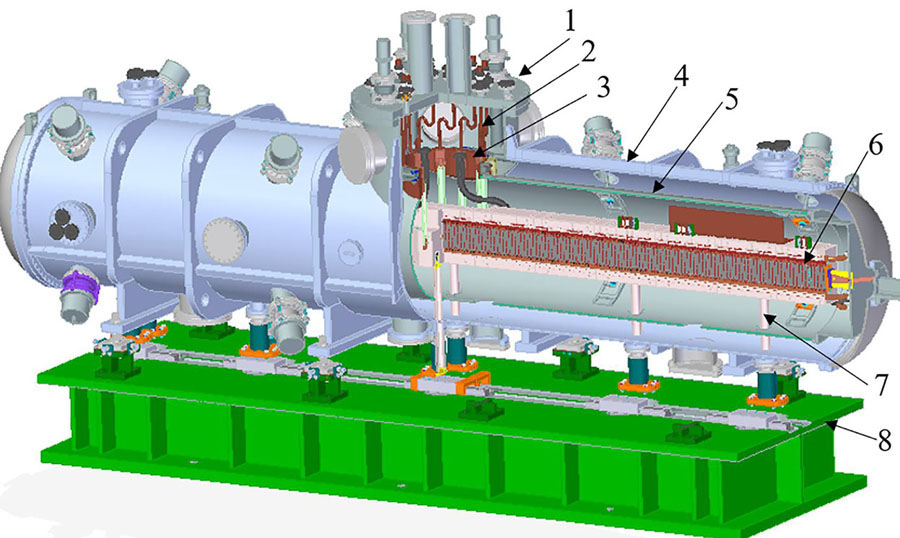Qisheng TANG, Qiaogen ZHOU, Tengma WU, Jidong ZHANG, Kai FAN, Yi DING, Yongmei WEN. Cooling design and test for current leads of SHINE superconducting undulator prototype[J]. NUCLEAR TECHNIQUES, 2022, 45(11): 110101
Search by keywords or author
- NUCLEAR TECHNIQUES
- Vol. 45, Issue 11, 110101 (2022)
Abstract

Set citation alerts for the article
Please enter your email address



